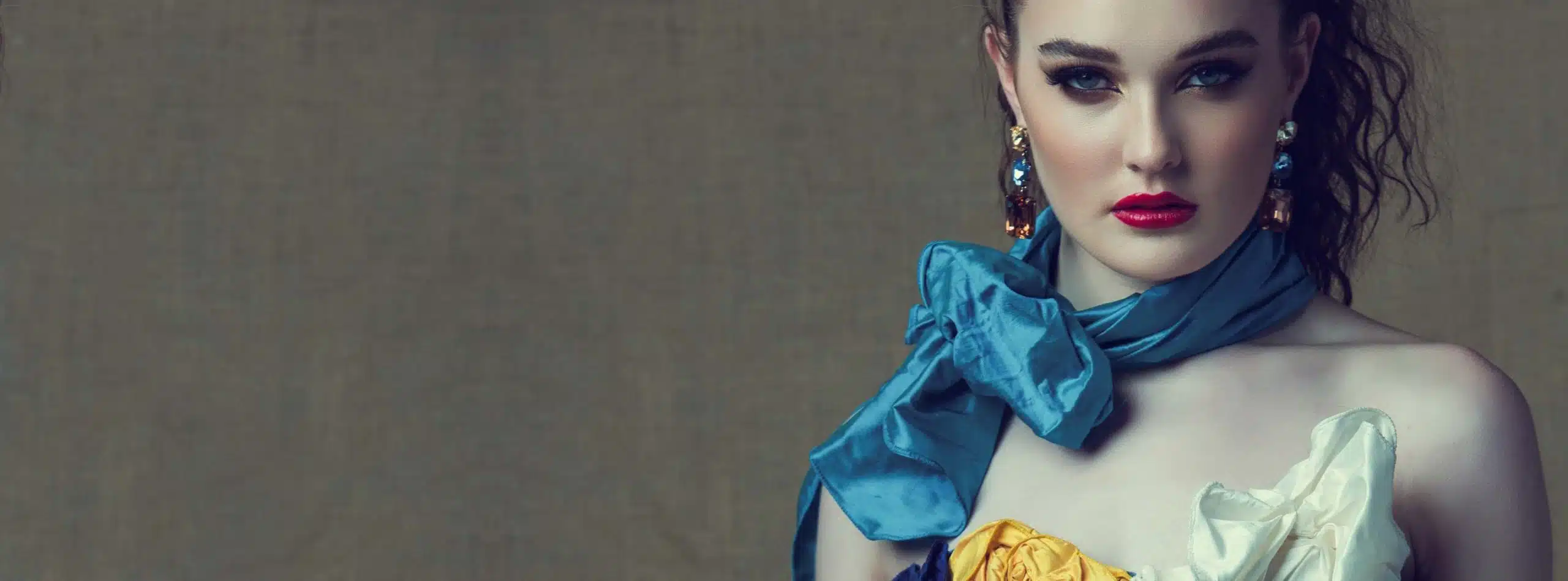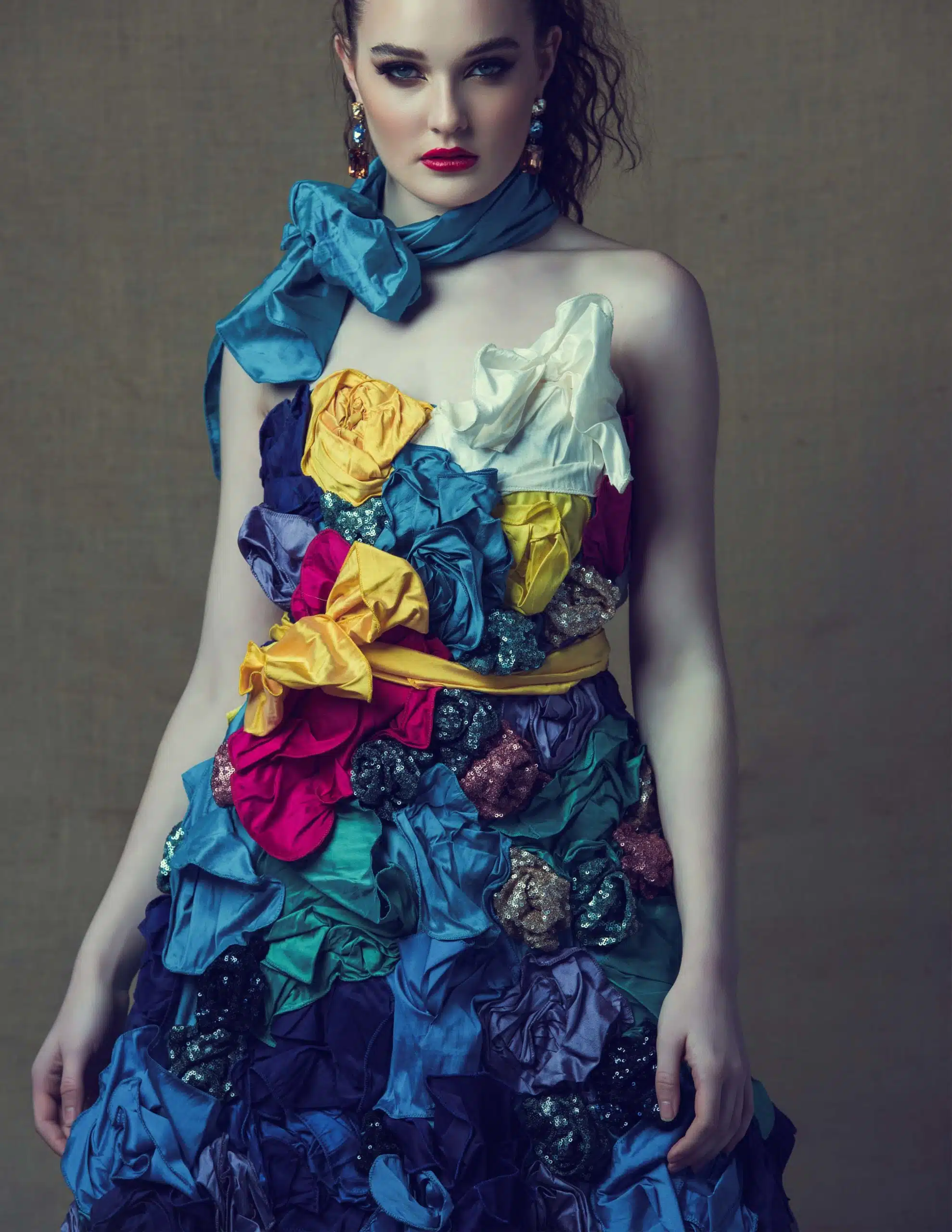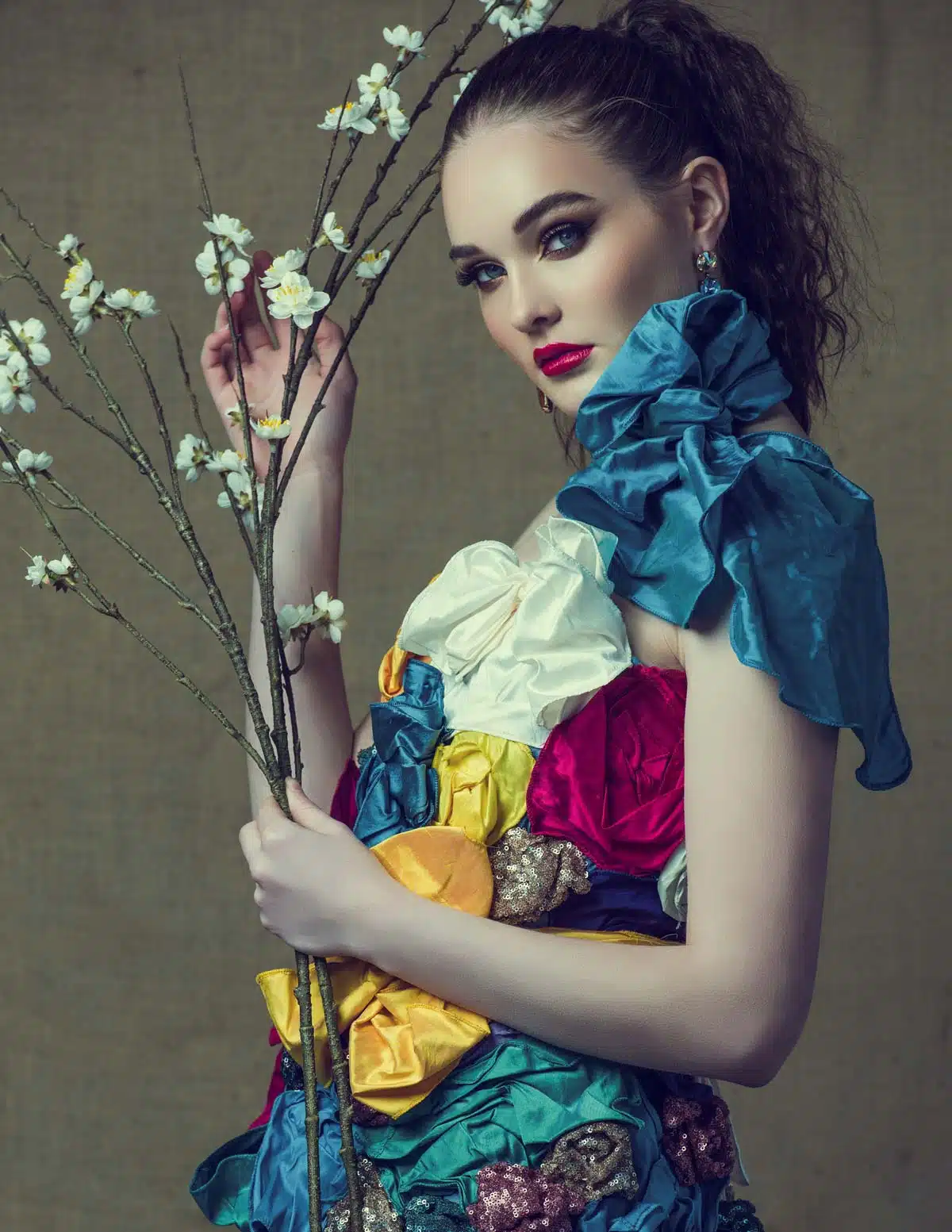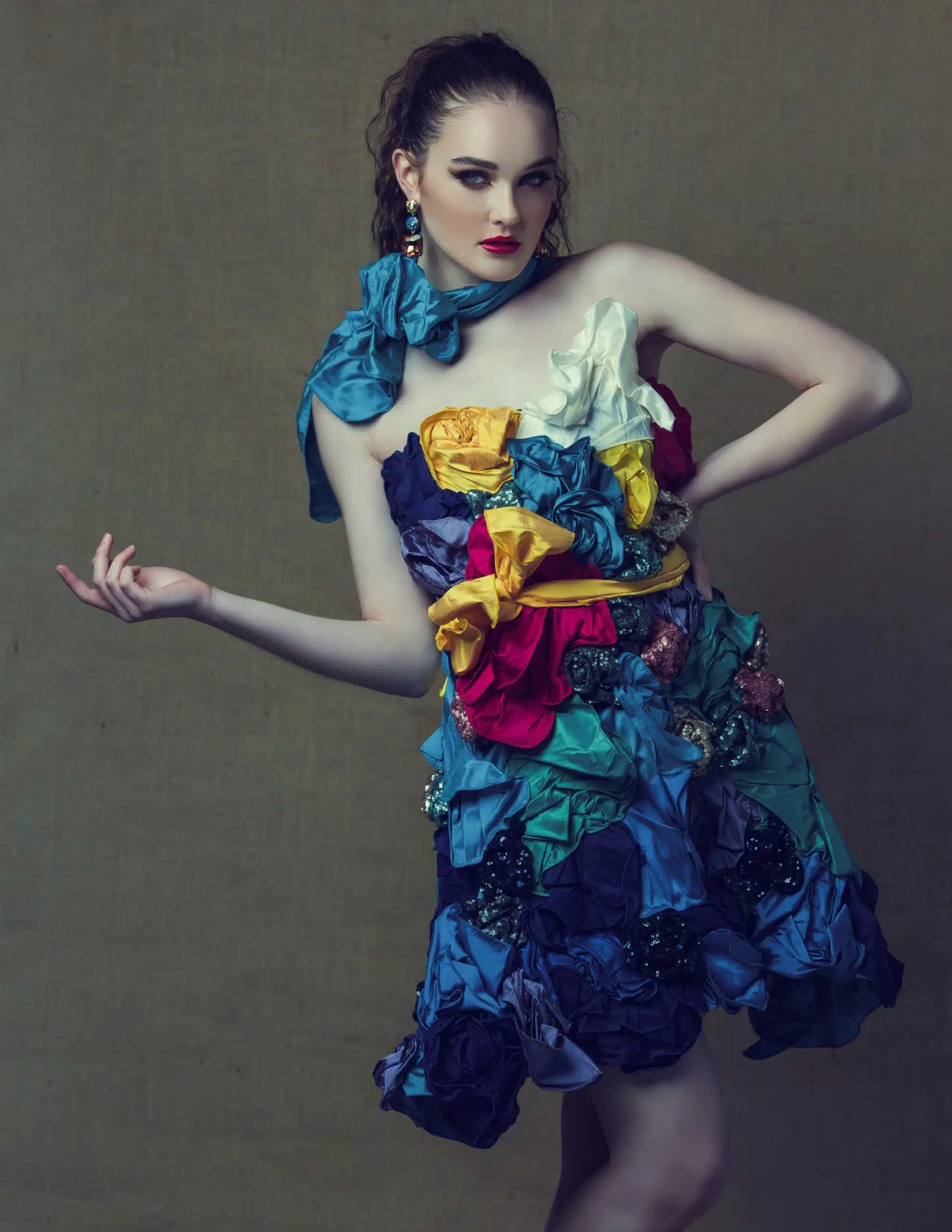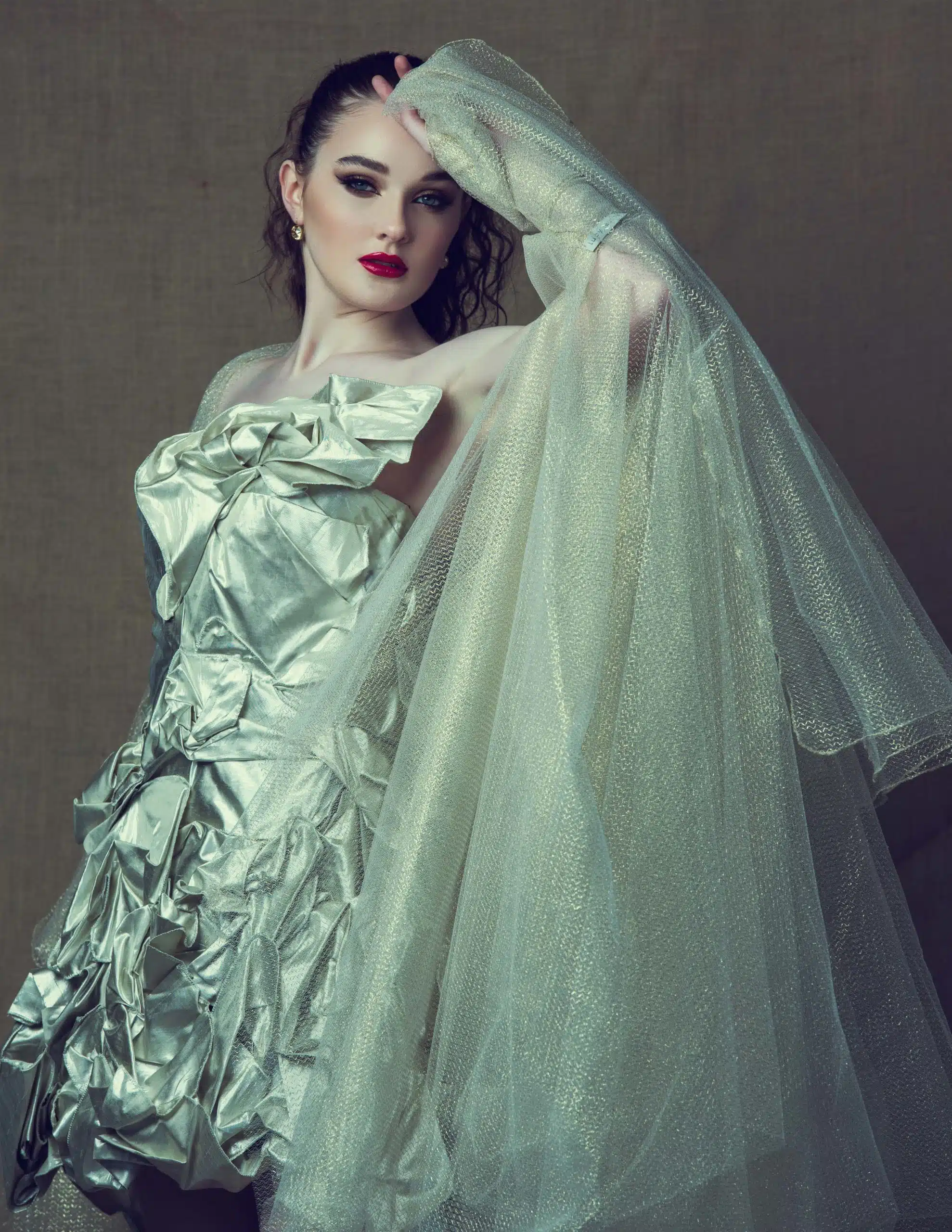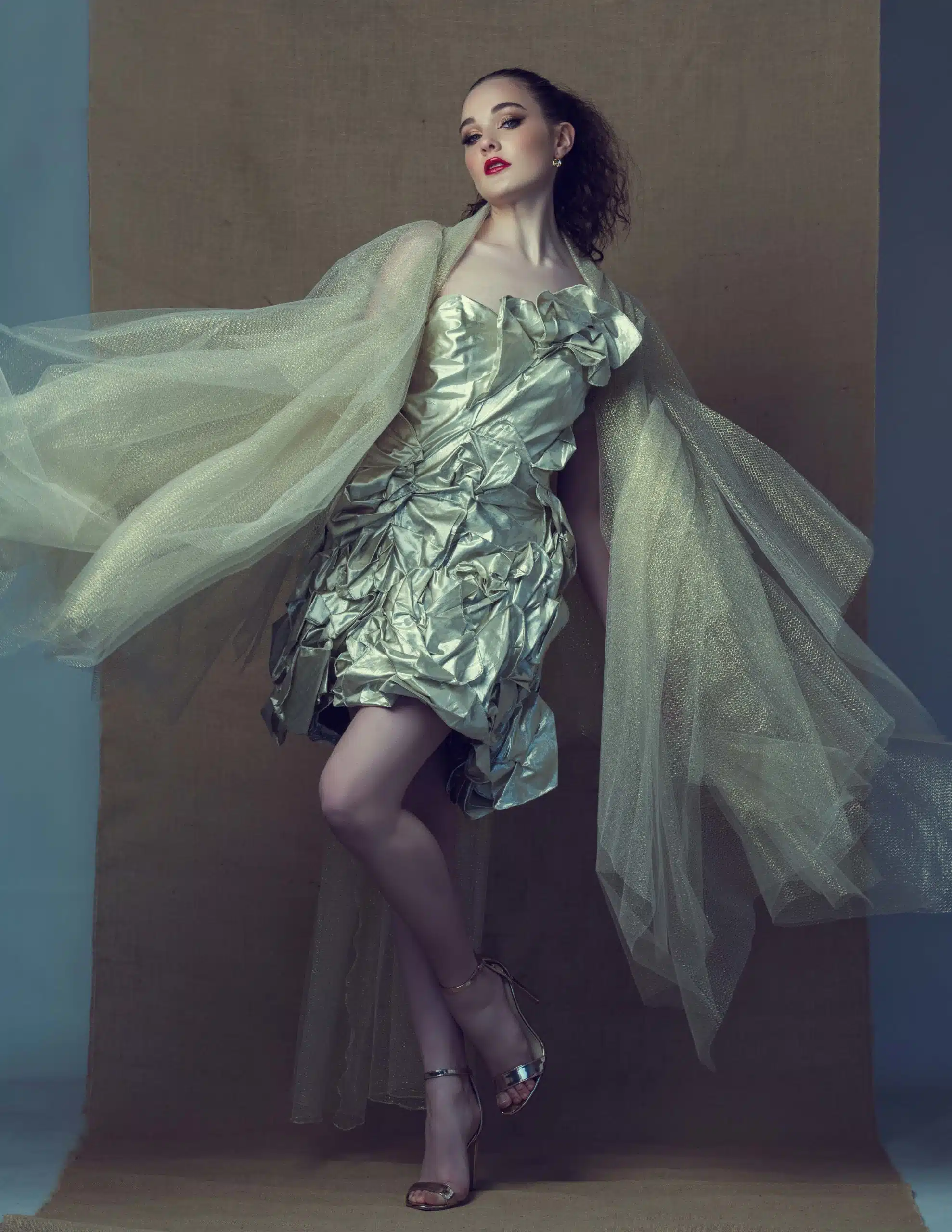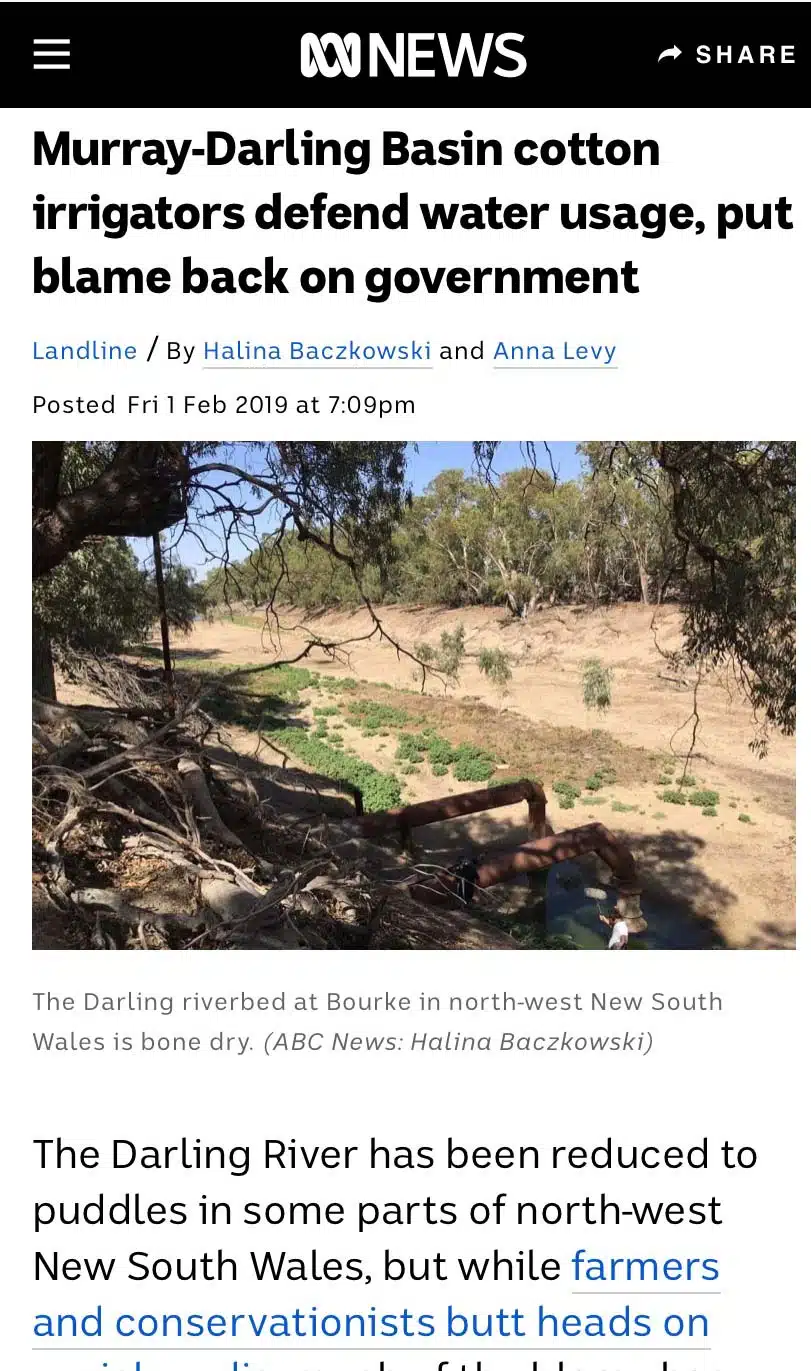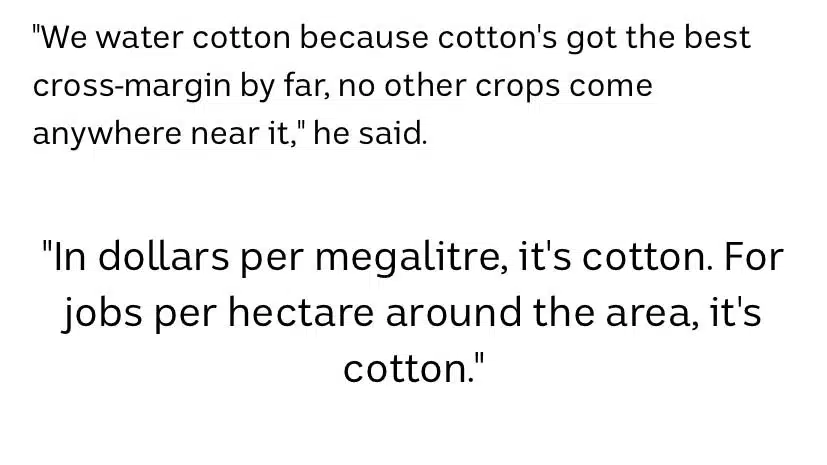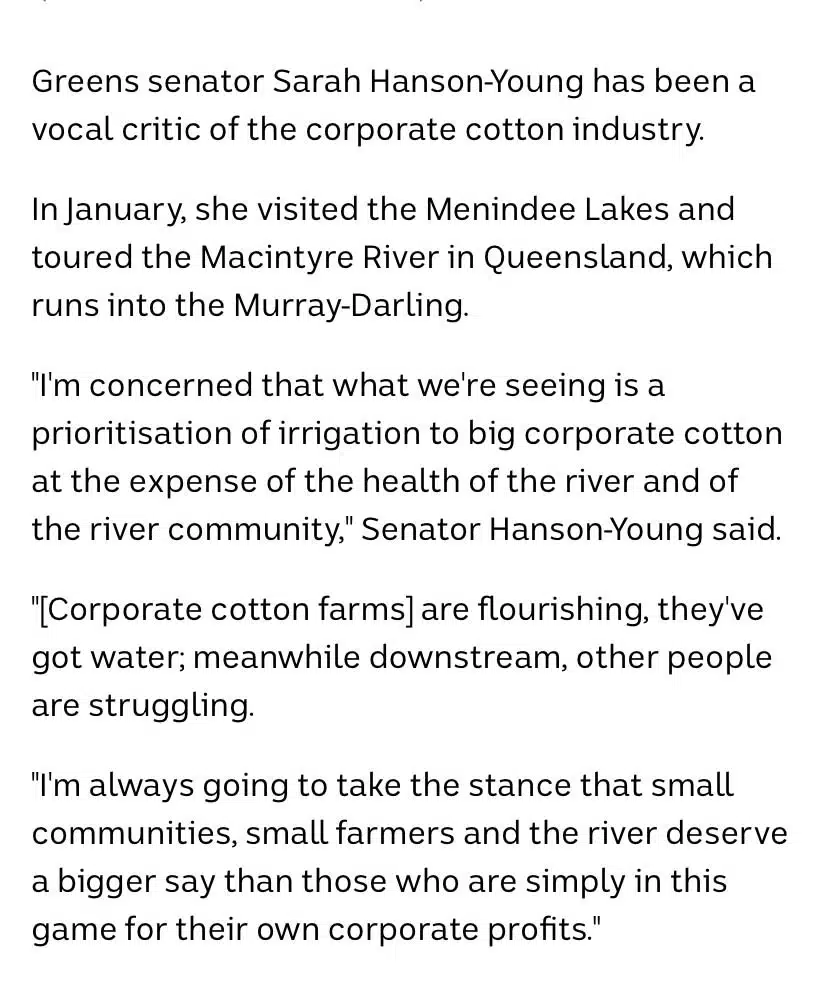Sustainable & mindful fashion; An open letter to consumers
Lucy Laurita re-addresses the sustainability of fashion. Her cutting table fabric leftovers are crafted with artistic detail to make you feel like you have stepped into an ornate floral wonderland.
These sculptured floral designs are not new to the Lucy Laurita collection, but yes till now there has been little shown of these signature creations. To be treasured they are indeed for they are individually handcrafted and uniquely made so there is only one of a kind.
The concept was born years ago from the constant supply of fabric offcuts, beautiful fabrics that just cannot, and should not, go to landfill.
There is always a use for a piece of precious fabric in the hand of this designer. Mindful creativity goes a long way. Can we better invest in sustainability as a behavioural system for the Australian workforce?
Recent photoshoot in Melbourne pre-Lockdown #2
Photographer An La
IG @ajcophotography
Model Eryn Saunders
IG @erynsaunders
Hair & Makeup Masha Leaves
IG @mashale_mua
Stylist Stephanie Saunders
An open letter
Sustainability of fashion is ‘THE’ hot topic but in reality, it’s arbitrary.
Lucy goes on to share;
In my opinion, we have been conditioned to accept the cheap imports that are widely and readily available to us. In turn, limiting the scope of local creatives which leaves consumers with very little desirable options and a barren landscape of Australian Made Fashion.
The ‘double F’ (fast fashion) is a double-edged sword which carries significant risks and costs beyond monetary value on a global scale. We all have our significant part to play, can we afford to continue consumption of throw away fashion?
Sustainable Fashion must be an investment across all levels and it is time to shift away from the influx of ‘double F’. There may always be a place in the market for ‘double F’ but as a collective, we need to make local production of goods our priority.
In my days as a fashion student, I was making quirky denim backpacks using Australian made materials.
Let me add there is so much history in these manufacturers & it is so worthwhile to read up on them. I used rope from a hugely significant manufacturer, Kinnears Ropeworks in Footscray established in 1874 and sadly closed in 2002. The metal eyelets were by SHANN in Collingwood (now office supplying imported product operational in Preston) The denim was by Bradmill Textiles in Yarraville, established in1927 which in the mid-’90s became the largest exporter of cotton textiles in Australia. Sadly in 2002 Bradmill underwent a major business restructure reducing to under 100 local staff till shutting local operations in 2005.
I grew up in the rag trade, as a young girl I recall living through better times of the ’80s, the tumultuous ’90s, and the hardships of ’00s. Yes after all the experiences of the ups & very low lows of losing most of our Australian garment manufacturing & textile industries I am committed to staying on the wild ride designing fashion. I have always been driven by connectivity, I love the opportunity to create a gown that becomes a part of another woman’s story.
More to follow, in my quest for a rebirth of local manufacturing. For now, my all-over floral design may or may not be to your taste, you may like to view my classic lines in the look book section with possibly just a hint of a floral corsage. Whatever your fashion taste, I ask that you consider your local designer options.
As a boutique Australian fashion designer, locally manufacturing in Melbourne, the sustainability of design and production has always been my focus
– Lucy Laurita
Did you know?
We harvest some of the world’s highest quality cotton right here in Australia. It’s not quite clear as to who’s paying the water use. Yet we cannot purchase cotton fabric that is woven in Australia.
Read the full article on the Australian cotton industry.
For those that want to further educate themselves on this topic, check out the ABC Documentary PUMPED
In my search of Australian made materials, I have had many interesting conversations with suppliers of their efforts dating back to the ’70s. It’s unsettling to hear of their experiences through changes of legislation, to say the least.


